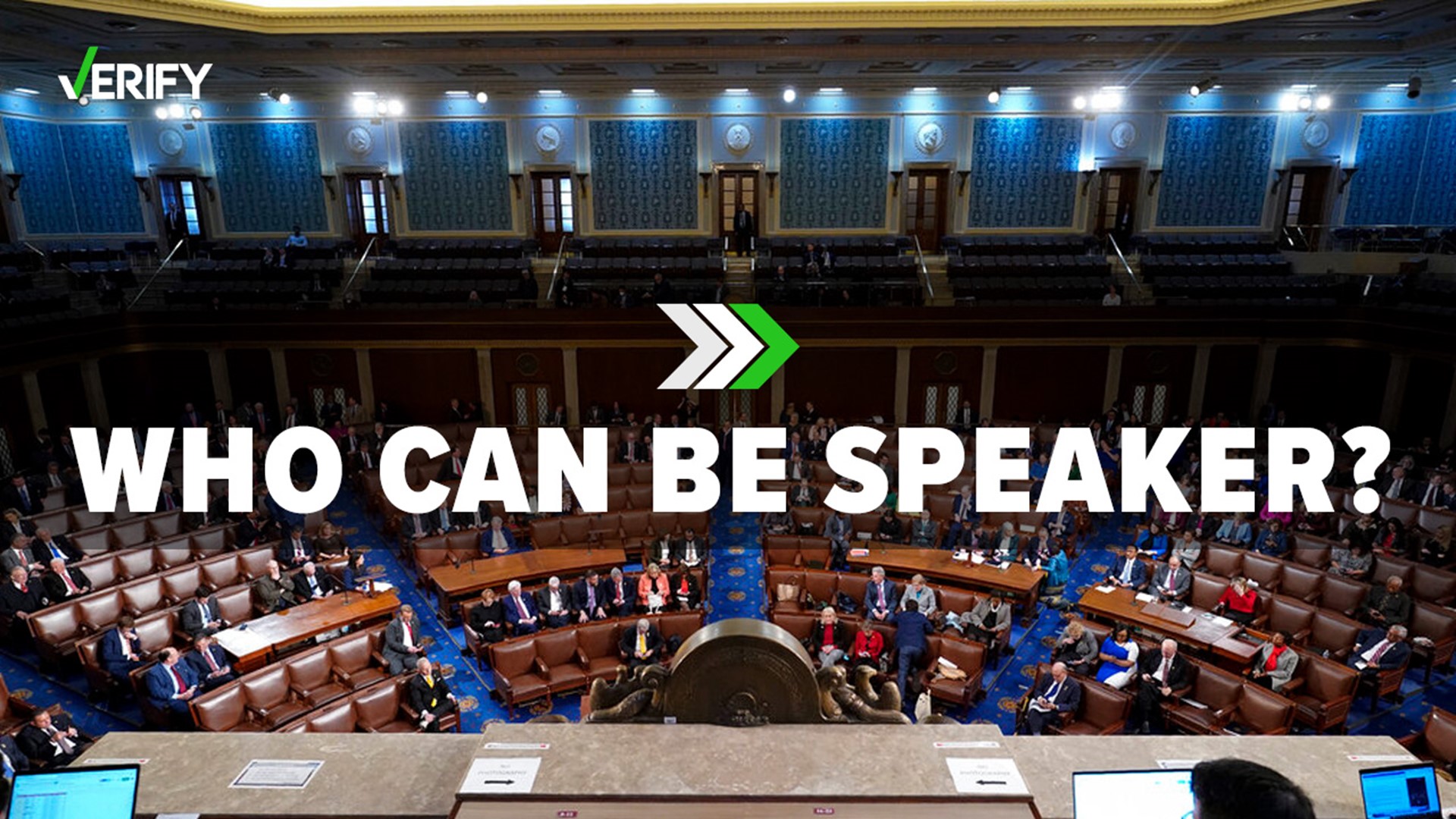Members of the House voted to oust Rep. Kevin McCarthy (R-Calif.) from his role as speaker on Wednesday, Oct. 3.
This comes after Florida Rep. Matt Gaetz, who is also a Republican, made a motion to remove McCarthy from his role one day earlier.
Former House Speaker Nancy Pelosi said in a post on X that the majority party chooses the Speaker of the House. The Republican party currently has the majority in the House of Representatives.
“In this Congress, it is the responsibility of House Republicans to choose a nominee and elect the Speaker on the Floor. At this time, there is no justification for a departure from this tradition,” Pelosi wrote.
But Congresswoman Ayanna Pressley (D-Mass.) suggested in another post that House Minority Leader Hakeem Jeffires, who is a Democrat, could replace McCarthy as speaker.
Google Trends data show that people online are wondering if the speaker of the House has to be from the party that holds the majority.
THE QUESTION
Does the speaker of the House have to be from the party that holds the majority?
THE SOURCES
THE ANSWER
No, the speaker of the House does not have to be from the majority party. Anyone with a nomination and enough votes can be speaker.
WHAT WE FOUND
The speaker is the presiding officer of the House of Representatives and is responsible for maintaining order and managing proceedings of the House. The speaker of the House is also third in line in presidential succession, which means should the president and vice president not be able to serve, the speaker would be the one sitting in the Oval Office.
Article 1, Section 2 of the U.S. Constitution says the “House of Representatives shall choose their speaker and other officers,” but is vague on who can hold the position.
The position doesn’t have to be held by the leader of the party. During the 2023 session, Rep. Hakeem Jeffries (D-N.Y.) was nominated for speaker of the House.
The speaker doesn’t even have to be a member of the House of Representatives. In 2013 and 2015, former Secretary of State Colin Powell was nominated, according to data from the Congressional Research Service (CRS). In 2019, Sen. Tammy Duckworth (D-Ill.) and Joe Biden, before he was president, were both nominated.
Also in 2015, Sen. Rand Paul (R-Ky.) was nominated to be speaker, even though he wasn’t a member of the House.
More from VERIFY: There are no official members of the House until a speaker is sworn in
According to the U.S. Government Publishing Office (GPO), the speaker is the only House officer that “traditionally has been chosen from the sitting membership of the House.” The Constitution doesn’t limit the selection from among the class, “but the practice has been followed invariably,” the GPO says.
According to House archives, the speaker position has always been held by a House member. The first elected speaker was in 1789.
A speaker must be nominated, and then the House votes. A majority vote, of 218, must be reached in order for the speaker to be elected. If no candidate wins a majority, ballots are re-cast until a speaker is chosen.
The 2023 session, when McCarthy was originally elected, is only the 15th time in history multiple roll calls were necessary to vote for speaker, according to House archives. Thirteen of those times occurred before the Civil War “when party divisions were more nebulous.”
The last time a Speaker election required two or more votes on the floor happened in 1923.
In July 2021, Rep. Brendan Boyle (D-Pa.) introduced a bill that would require the speaker to be a member of the House. The legislation was introduced after rumors swirled that former President Donald Trump would be nominated and voted into the role. The bill, known as the MEMBERS Resolution, has not been actioned since it was introduced in the House.












